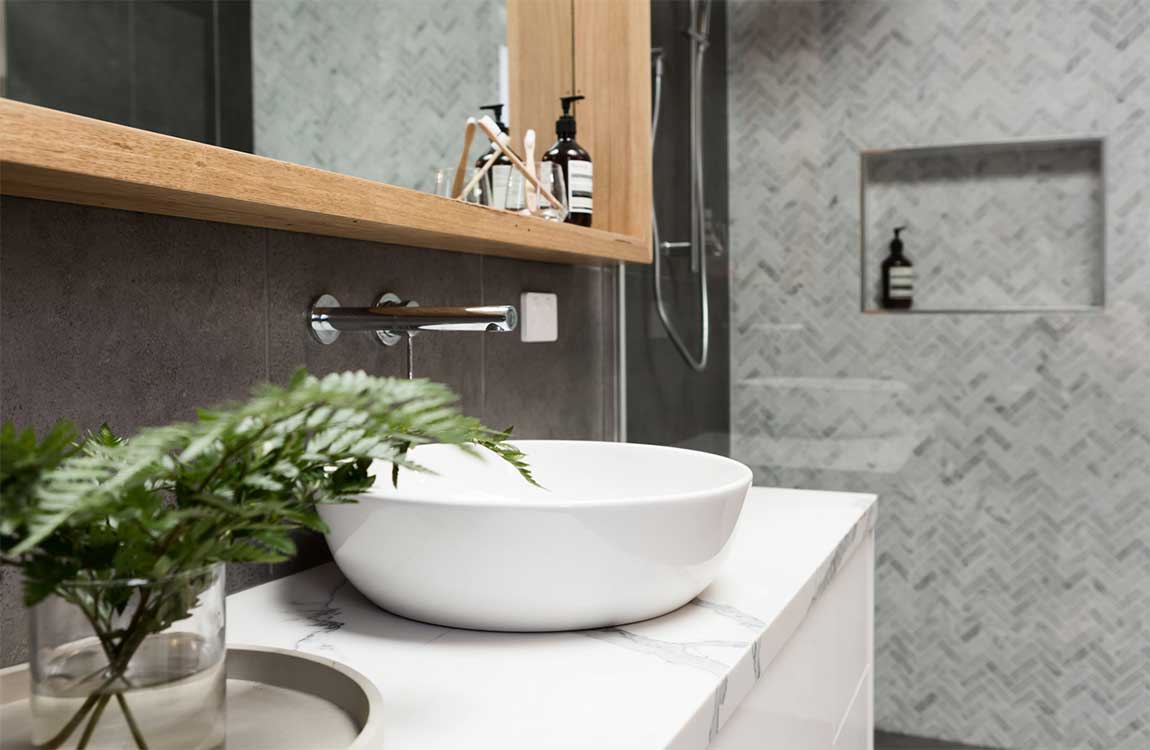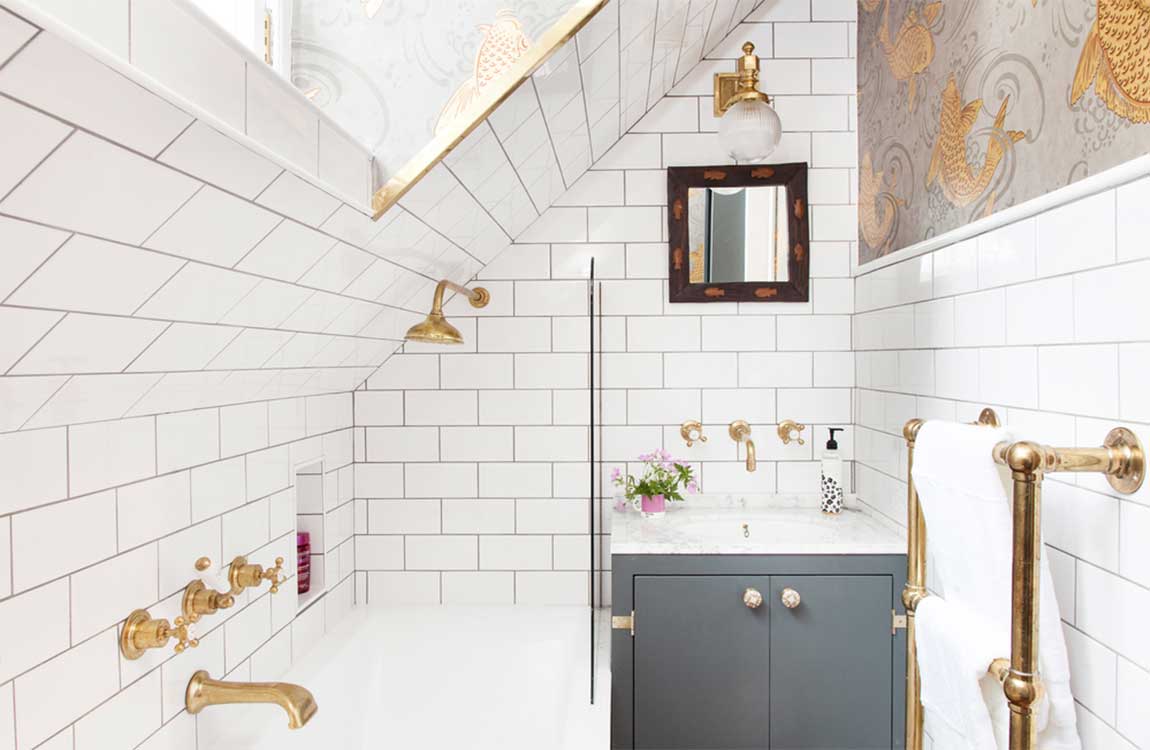How Adding Coats to the Walls?
Prime the walls if you’re making a major color change or patching holes. If your current paint is in good shape, you made no repairs, and you’re not making a drastic color change, you can skip priming or use a self-priming paint. However, if your bathroom is currently dark and your new color is light, it’s wise to prime. Use the same techniques for primer as you would for the top coats: cut the edges with a brush first, then use a roller to paint broader areas.
You should also spot-prime any areas you patched. Drywall compound is porous and will absorb paint, resulting in noticeable dull spots. Priming your repairs will help keep them inconspicuous. Use an angled brush to paint the edges around a wall. Dip the brush in paint, tap off excess, and cut in about 1⁄2 in (1.3 cm) from the edge of the wall. Then turn back and bring the tip of the brush to the trim, taking care not to paint beyond the edge of the wall. To prevent unsightly lines, paint along the edges of 1 wall, then finish the rest of the wall with a roller before moving on to the next one.
Complete 1 wall at a time so you’re always painting over wet paint. Painting over dried or tacky paint leads to noticeable lap lines. If you paint the trim all around the room, it’ll dry by the time you pass the roller over the rest of the wall. Go with a satin or semigloss finish for bathroom wall paint. These finishes strike a balance between disguising imperfections and durability.
Cover large areas with a paint roller. Fill the well of a paint tray, dip the roller, and roll it over the tray to get rid of excess paint. Start at a corner, and run the roller over the wall in a vertical stroke along the full height of the wall. With each pass, overlap both the previous stroke you made with the roller and the paint along the wall’s edges. When you’ve finished the first wall, proceed to the next. Paint the edges with a brush, and use a roller for the larger areas.
Dip the roller in paint frequently and avoid letting the roller dry out. You don’t want it dripping with paint, but keeping it wet helps prevent lap lines. Let the first coat dry for at least 4 hours, or as directed. Allow the recommended drying time before applying another coat. For latex paint, you should be able to apply a second in 4 hours; oil-based paints may require 24 hours.













